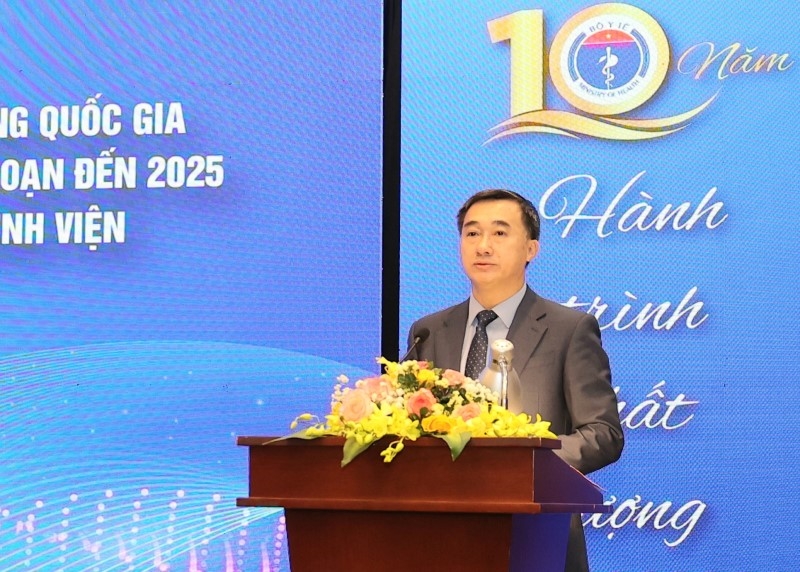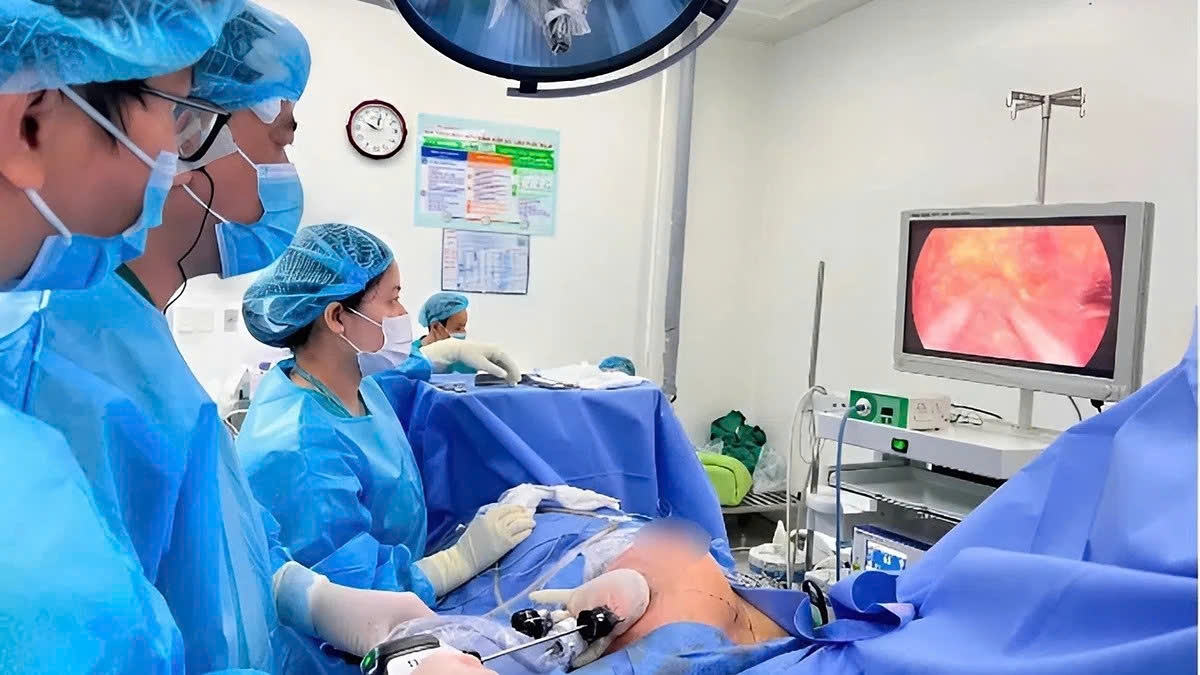Patients return home as trust in domestic health care grows
VOV.VN - Over the past decade, Vietnam’s healthcare system has experienced a remarkable shift as the long-standing trend of Vietnamese patients seeking treatment abroad begins to reverse while the country increasingly attracts international patients.

According to Deputy Minister of Health Tran Van Thuan, this change is not simply about the technical capabilities of local hospitals but reflects a deeper transformation in public trust.
For many years, patients chose foreign medical care not because Vietnam lacked expertise, but because they were uncertain about the quality of domestic services and the care environment. Today, those same patients are returning, drawn by reliable quality, faster treatment times, and more affordable costs, said Deputy Minister Thuan at a recent conference in Hanoi.
At the same time, he said, international patients are increasingly turning to Vietnam as a trusted healthcare destination.
The Deputy Minister emphasised that in a modern healthcare system, quality is not an auxiliary concern but the very foundation of trust. This principle has been consistently reinforced from Resolution 46 in 2005 to Resolution 72 in 2025 of the Politburo, which aim to improve healthcare capacity at every level while prioritising patient safety.
He noted that over the past ten years, the Vietnamese healthcare system has undergone profound changes. Hospitals have built unified quality management structures, standardised clinical practices, and embraced a culture of patient safety and continuous improvement.
Reporting of incidents, mortality reviews, and patient satisfaction assessments have evolved from procedural formalities to active tools for learning and enhancement, significantly reducing serious medical errors.
Digital transformation has further strengthened this progress. From hospital information systems to electronic medical records, coding standards, quality checklists, and public reporting of key performance indicators, hospitals are increasingly data-driven. Some institutions even employ artificial intelligence to interpret medical images, triage patients, and support clinical decisions, signaling a move toward precision medicine and evidence-based care.

Meanwhile, Dr. Ha Dinh Duc, Director of the Department of Medical Examination and Treatment Management under the Ministry of Health, also shared that almost all hospitals now have quality management councils, and most employ dedicated staff to oversee standards and safety. Patients who once traveled abroad for health care are returning to Vietnamese hospitals, while international patients seek services ranging from basic dentistry to specialized neonatal cardiac interventions.
This shift reflects a growing confidence in Vietnam’s healthcare system, yet challenges remain, said the professional, adding specialised staff remain limited, transparency is uneven, and quality still varies between hospitals.
In addition, Deputy Minister Thuan also pointed out that large hospitals face overcrowding, administrative procedures can be cumbersome, and overuse of medical techniques and drugs persists.
These shortcomings, he said, are common challenges faced by many developing healthcare systems, but they also present opportunities for breakthrough progress, especially as Vietnam enters a phase of implementing strategic resolutions. He said he believes that the return of Vietnamese patients alongside the growing flow of international patients represents the clearest evidence that the healthcare system has truly transformed over the past ten years.





